When we left off at the end of Part 6, I’d just finished preparing the kit’s windscreen, having decided to use it in preference to the Squadron vacuform part. The next step, logically enough, was to glue it into place and deal with the inevitable seams with some Mr. Surfacer 500 dabbed along the join with an old paint brush:

This was allowed to dry for 24 hours, and then the excess was cleaned up with a cotton bud moistened with Mr. Color Thinner. A quick spritz with Mr. Finishing Surfacer 1500 Black revealed that some additional work was required, which at this stage is still a work in progress! (In the photo above, you can see that I’ve assembled the kit’s sliding canopy, but its purpose here is purely to protect the cockpit, as it will be replaced by the Squadron vacuform component.)

Speaking of the Squadron vacuform canopy, I decided now would be a good time to tackle the sliding hood, which is a vast improvement over the clunky two-piece kit solution. Having already removed the windscreen from the backing sheet, I trimmed around the sliding hood with a sharp pair of scissors:

After a bunch of careful work with scissors, a hobby knife, some wet’n’dry and some sanding sticks, I arrived at this:

And a quick test-fit onto the fuselage:

It sits slightly low against the windscreen, and the easiest way to deal with that is to pose it open! However, this leaves me with the same problem I had with the vac windscreen: the material is too thin. I decided to bulk out the forward frame with some styrene strip:

The next steps will be to mask this piece inside and out, and get some black paint on the internal framing. After that, whatever internal detailing I can be bothered with will be added! But that’s for another update.
At this point I figured I’d turn my attention to the main landing gear, and the first task was to prepare the True Details resin wheels:

This is an old school set that features this company’s infamous exaggerated tyre bulges, so once they were removed from their casting blocks, I set about reducing these bulges to a much more realistic level:

The moulded-in flat spots are enough to convey the required impression of “weight on wheels”, and are in fact enough to allow the wheels to stand upright on their own. Painted up with the aid of wheel masks from the Montex set, they look the part:

This left the landing gear legs to do, each of which required some brake lines to be added. My first attempt was a total failure, so I stripped everything off and started again, finally arriving at the result below:

So we have some guitar string, some lead wire, some ANYZ braided wire and 3D-printed connectors, along with some heat-stretched cotton bud stems, and a few bolt head details from styrene rod. This was a challenge for my fading eyesight and complete lack of finesse, but I got there in the end. The tyre hubs have also had an oil wash in the interim. Note that I pre-painted and masked the oleo pistons prior to adding the brake lines. This made the masking tape quite difficult to remove after the fact!
It was all worth it, however, as the fully painted final result came out quite well:

The data placards came from the Eduard exterior detail set. Decals would have been a better solution, but I wanted to give these a try, and am happy enough with how they turned out.
And this brings us to the end of this update! Stay tuned for Part 8, where I hope to finish off the sliding canopy hood, and finally start the painting phase.















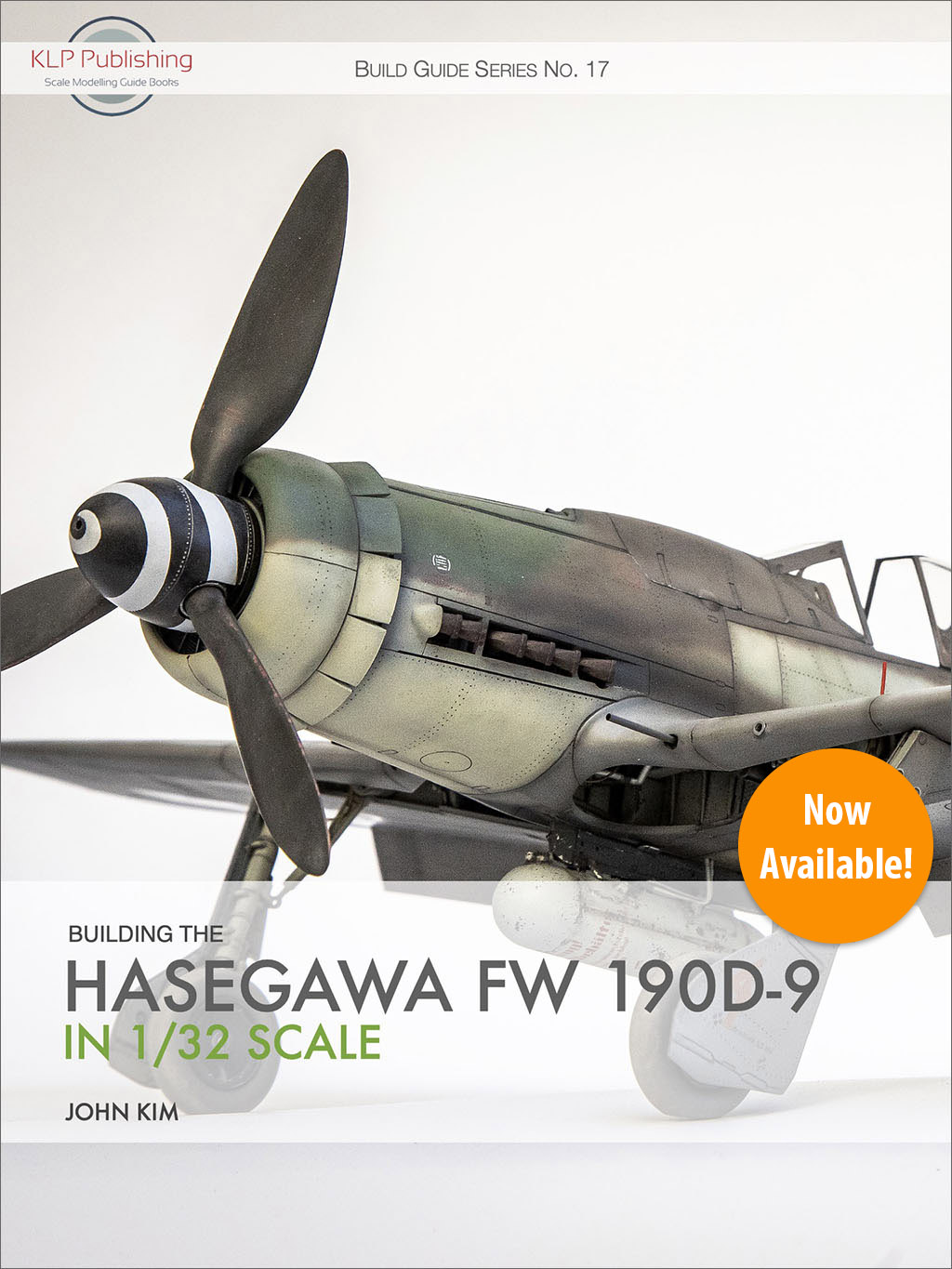







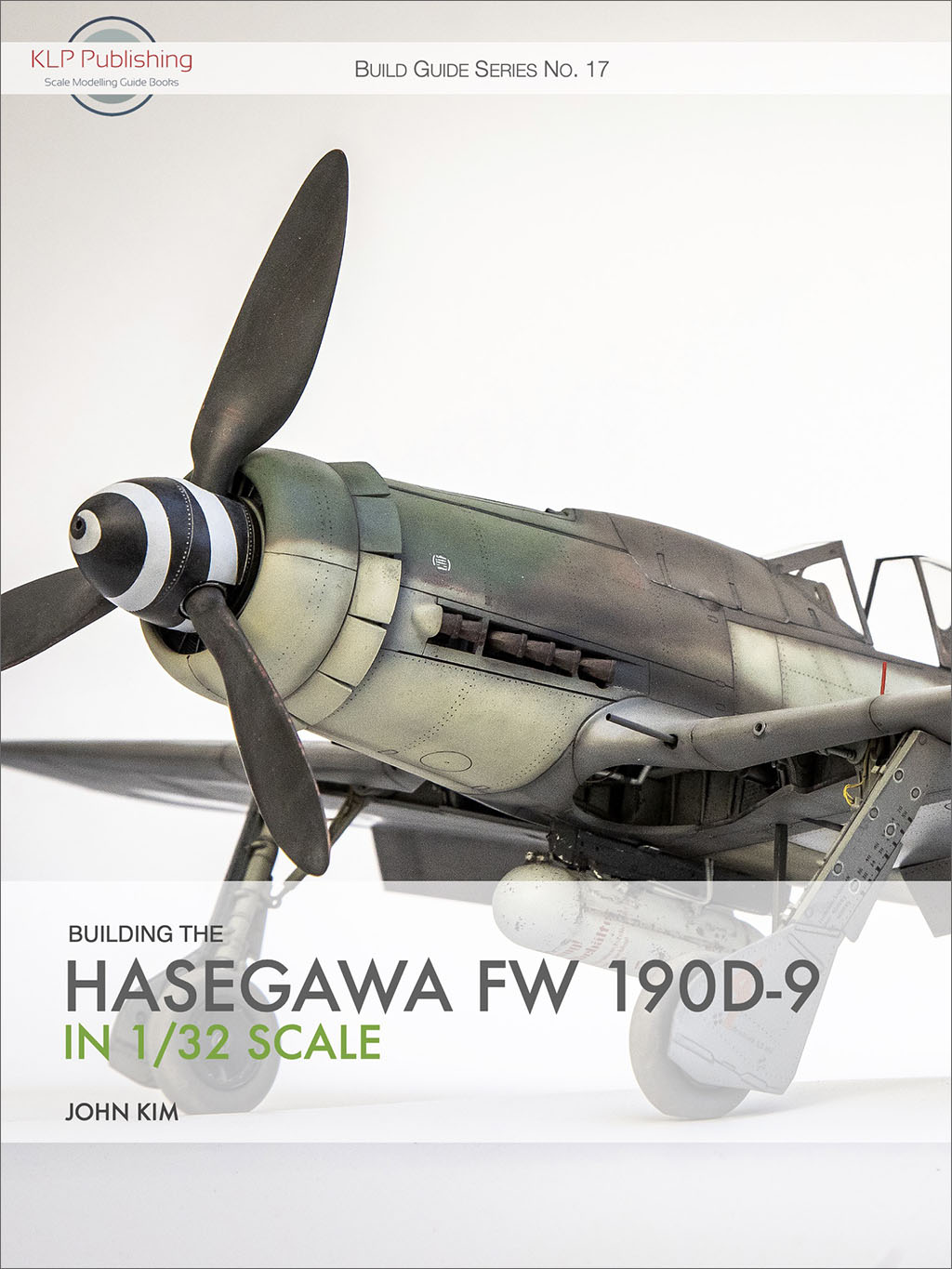















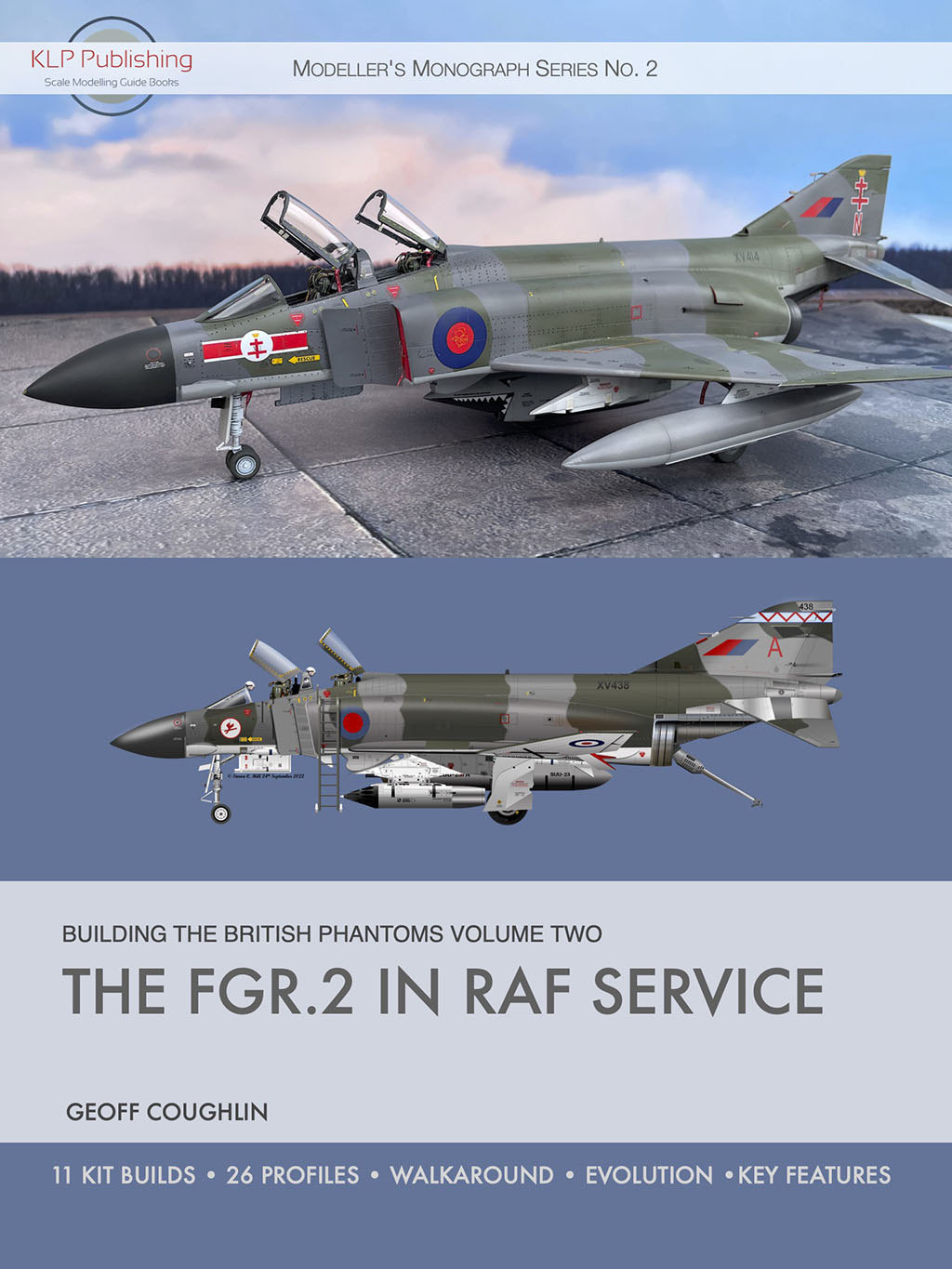


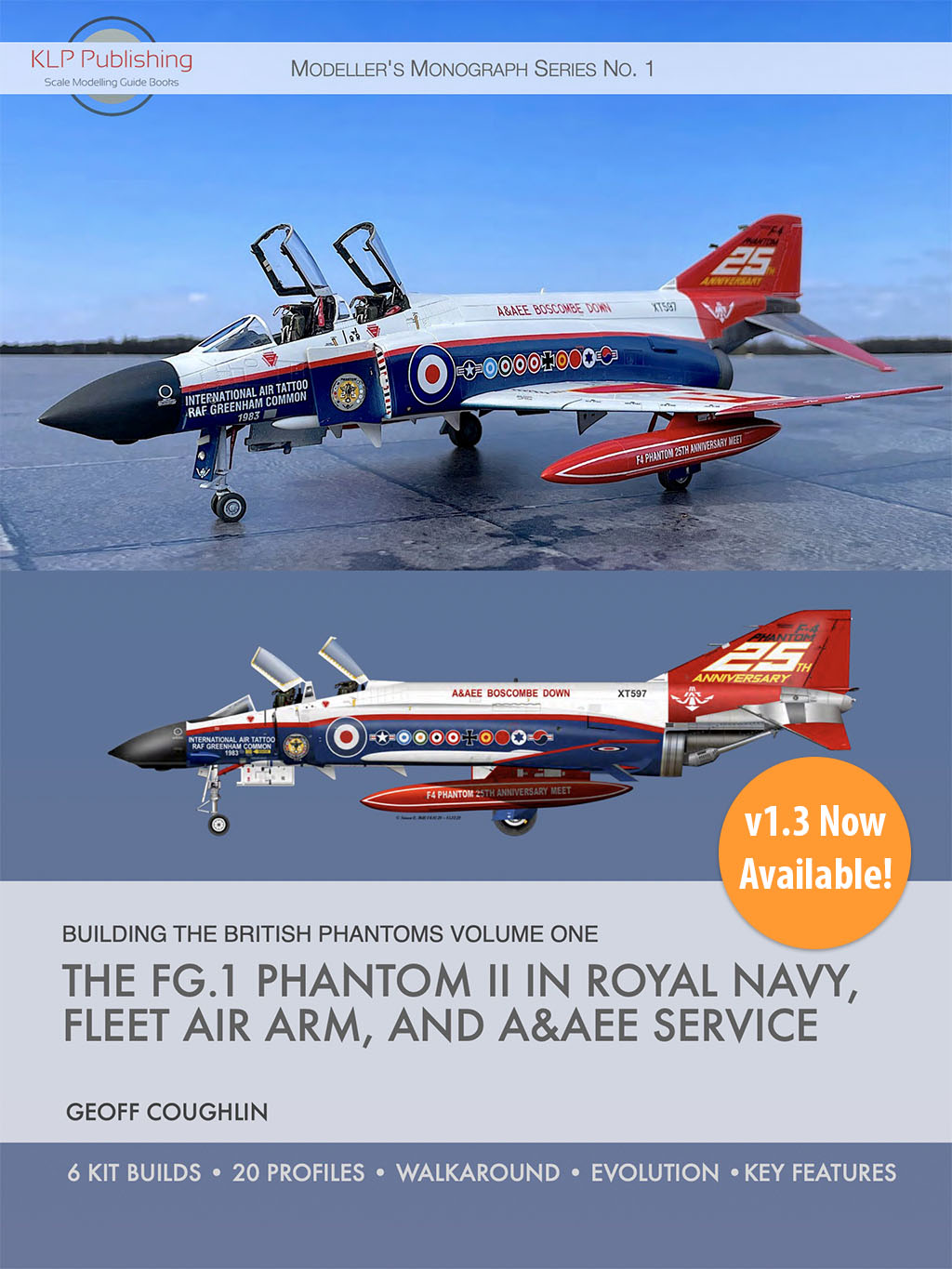
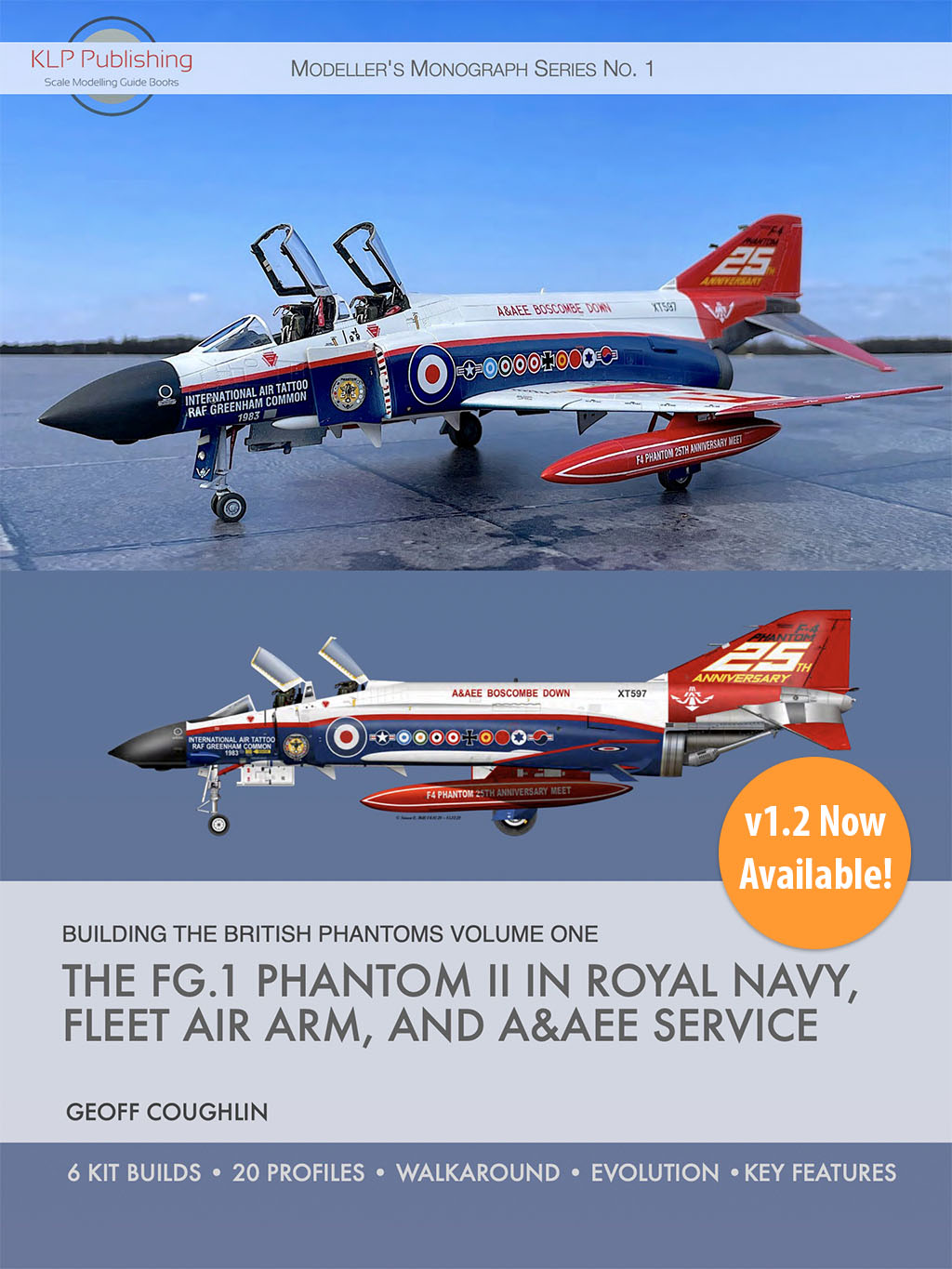
You must be logged in to post a comment.